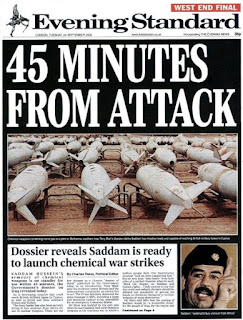For someone my age, I believe I have a very healthy relationship with technology. Ever since I was young, I have been taught by my parents to view technology as a tool. That is to say, technology isn't inherently good or bad; it's what you make of it. In my opinion, I use technology for an appropriate amount of time every day. My daily average screen time on my phone is 3 hours and 50 minutes. According to the data, my technology usage is much lower than average. This article by the Santa Clara states that "college students spend a severe average of eight to ten hours per day using a smartphone or other form of technology." While 10 hours a day sounds absurd, it isn't completely unreasonable. Between using our laptops, watching TV, and scrolling on social media, we spend lots of time with technology every day.
The internet is an amazing tool. It is comprised of all the knowledge collected in human history. The best part: this information is accessible to anyone at the press of a few buttons. On the surface, one would think that this contribution to society would make everyone more knowledgable. It has had the opposite effect in some regards, however. Social media especially is a playground for the spread of misinformation. The way I see it though, there is one most concerning issue that my generation is currently dealing with. That issue is the widespread use of AI chatbots such as OpenAI's ChatGPT. Don't get me wrong, I am no stranger to using this website. Despite this, I can't deny that it will have an unprecedented impact on education and the future workforce. This is highly concerning when you consider the prospect of your future doctor who graduated medical school with AI's knowledge, not his own.
In today's increasingly technological world, one's digital footprint is one of the most important things to safeguard. A digital footprint is all of the information about you that can be found online. This includes social media posts, comments, and even personal information. That's why it's very important to never share sensitive information online and never post anything that could cause a future employer to turn you down. After going on google and trying to find as much about myself as I could, I think it's safe to say I'm in the clear. Searching my name, "Josiah Turner" yields images of a retired NBA player. The only thing I could find was by searching my instagram username which just pulled up my account. While I could improve my online presence to cater to employers, my current account simply showcases my life; nothing bad. I suppose the moral of the story is to be careful and intentional with everything you share on social media.








.jpg)

.jpg)









